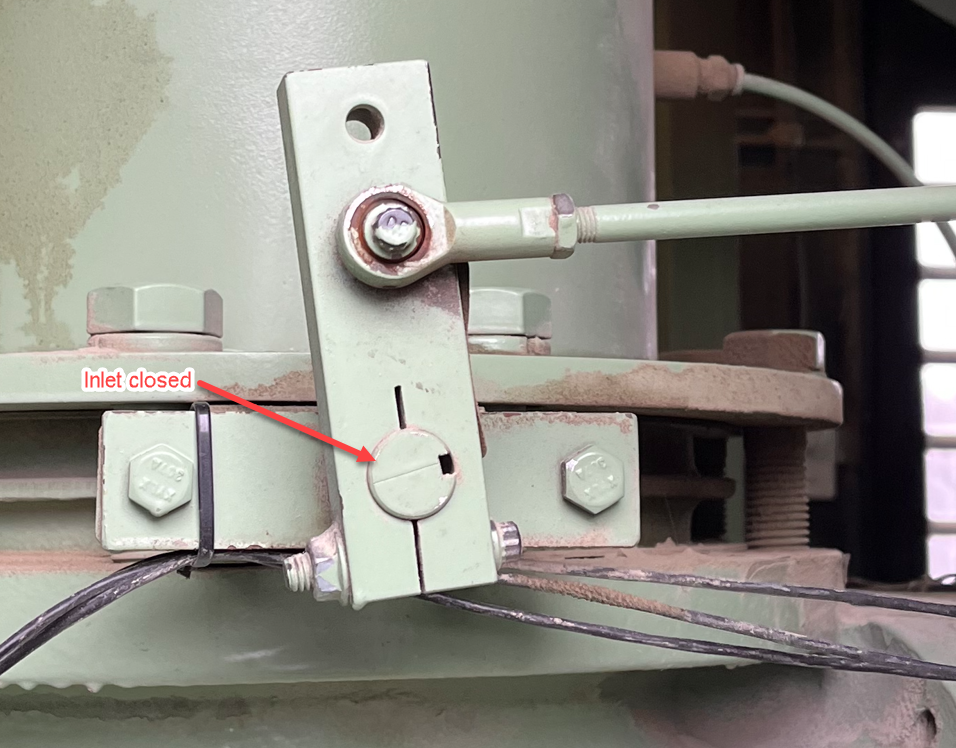
A mining complex was experiencing low pressure events — even though its 14 large compressors were all running. The pressure was adequate during most of the day, but during peak demand times, the pressure sagged to unacceptable levels. This, of course, caused complaints from the workers. The pressure settings of the compressors were already set as high as they could possibly go, but even so there was no resolution.
To try to find the root of the problem, the facility manager called in a compressed air auditor who looked at the compressors. He quickly discovered some problems that were obvious to him but missed by the compressor operators. Further study was conducted by measuring the amp draws of the compressors. It was found that four of the compressors were drawing significantly less power than rated. Typically, low power means low flow output. Flow meter readings were analyzed, and it was found that although all the compressors were running, only 50% of the total rated flow was being produced.
The problem found was related to inlet modulation, a very inefficient way of controlling lubricated screw compressors. With inlet modulation, to control the output flow of a compressor, the inlet valve is closed. This causes a vacuum to develop on the inlet of the screw. In turn, this reduces the mass flow through the compressor and reduces the output capacity (Fig. 1 shows a butterfly valve style of inlet valve, which is closed to minimum). The problem with this mode is that it has very poor power turn-down characteristics. For every flow reduction of 10%, the power of the compressor turns down only 3%. If a compressor running with the inlet valve 60% shut, it will be consuming 82% of its full load power.
The compressed air auditor noticed that the inlet valves on all the compressors with low power were closed to the minimum position due to poor adjustment and control malfunction. Tests showed that even at low system pressures, most of the inlet valves were unresponsive to low pressure; they did not increase the compressor output. This caused low pressures during peak flow conditions. In reality, there was more than enough capacity available — but capacity had been limited by poorly performing controls.
Repairs were made and the pressures returned to normal. Plans are in place to convert the compressor controls to straight load/unload mode, a better and more efficient way to control system pressure. System operators have been instructed to look for low amps, an indicator of a capacity problem.
Filed Under: Components Oil Coolers, Compressed Air Technologies, Pneumatic Tips, Technologies